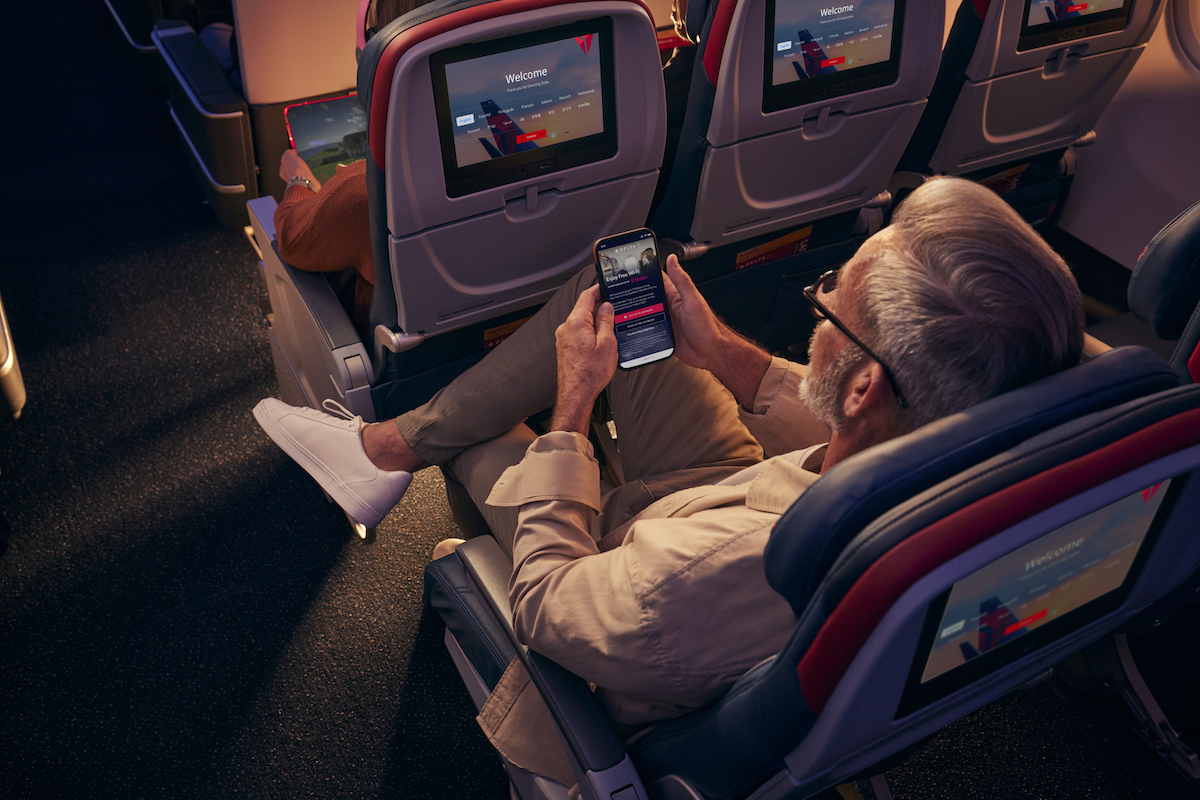Skift Take
Airlines are moving towards offering free Wi-Fi, but that doesn't mean they aren't trying to make money off you.
Airlines can’t avoid Wi-Fi anymore: Travelers expect it, and they’re basing their flight choices on its quality and price.
It’s been a long way to this point. Boeing saw little success with its Connexion by Boeing service, launched in April 2000 and shelved in 2006. Now, big-name carriers have a reasonably fast Wi-Fi offering, including: Delta and United in the U.S., Air France/KLM and Lufthansa in Europe and Emirates, Qatar Airways and Singapore Airlines in Asia.
Early on, connectivity was lumpy and mostly unreliable whilst flying over water. However, with the emergence of behemoths such as those created by the acquisition of Inmarsat by Viasat, and the emergence of faster technology, such as the Ka-band, it has also become more steady, and the coverage area has increased. For instance, airlines that sign up for Panasonic’s inflight offerings have global coverage now.
The approach towards pricing for inflight Wi-Fi has changed as much as the speed.
Over the initial years, airlines used advertising or sponsorship deals to make the Wi-Fi free, such as tying up with a content streaming service like Prime Video or Apple TV+.&
